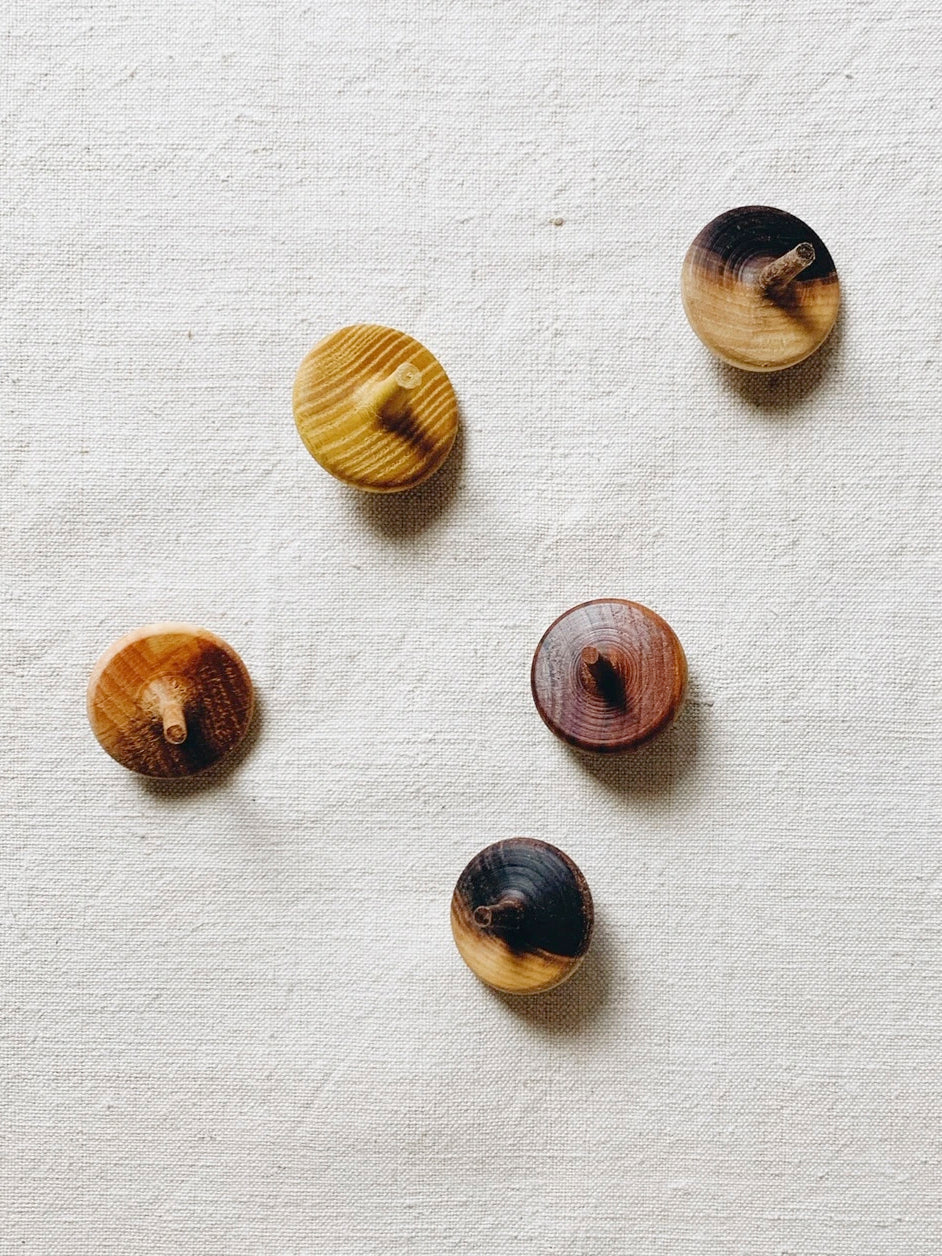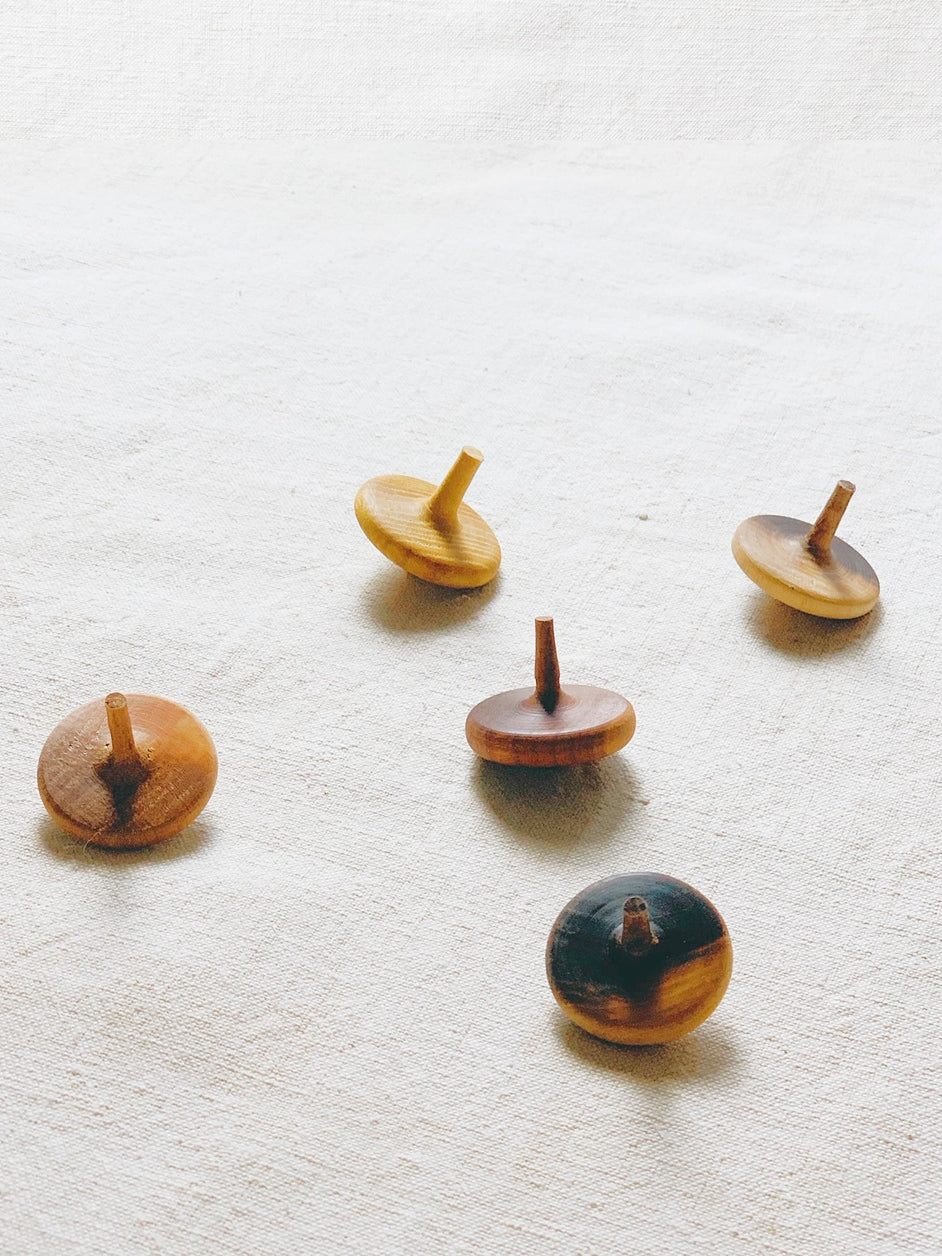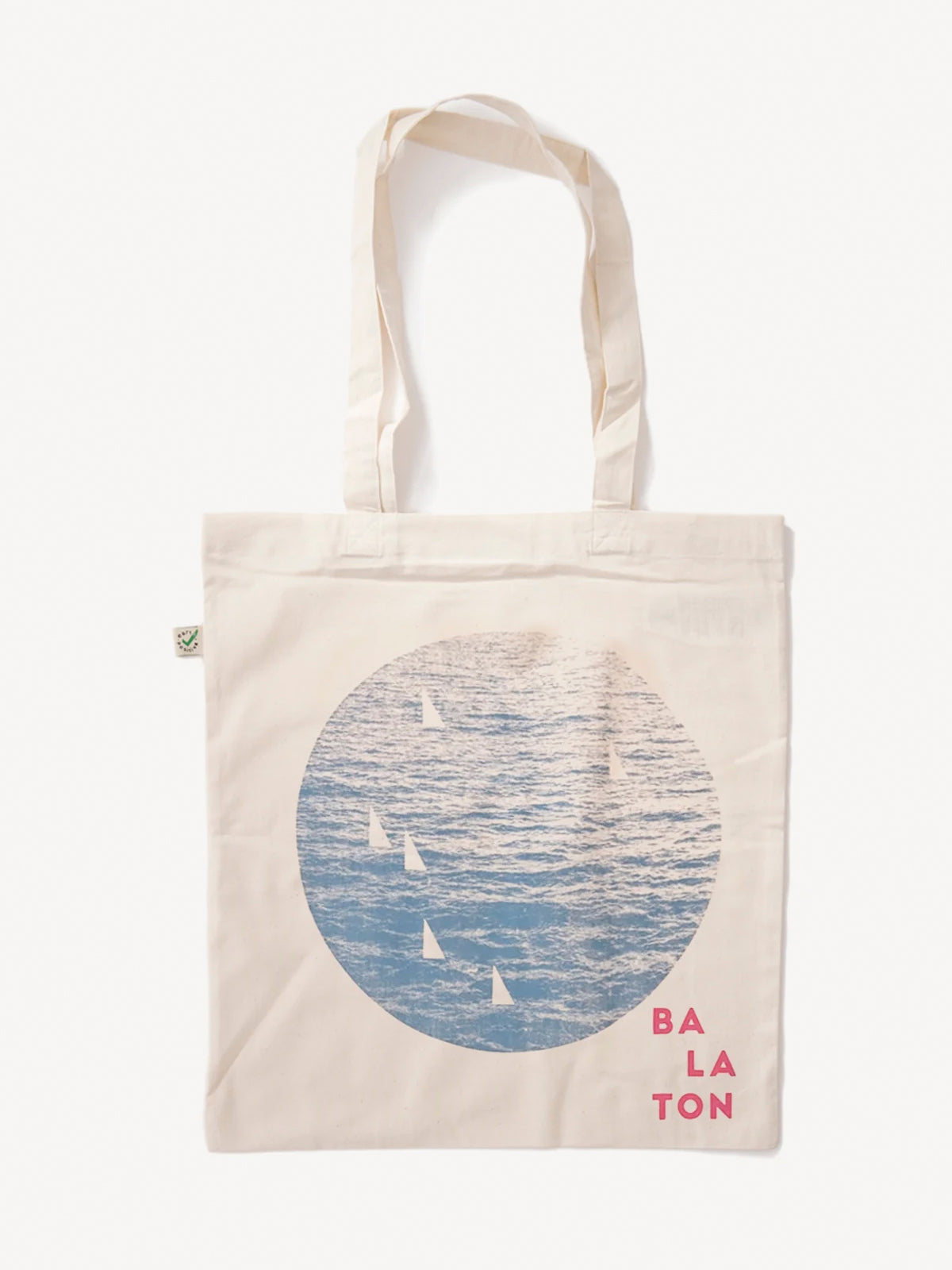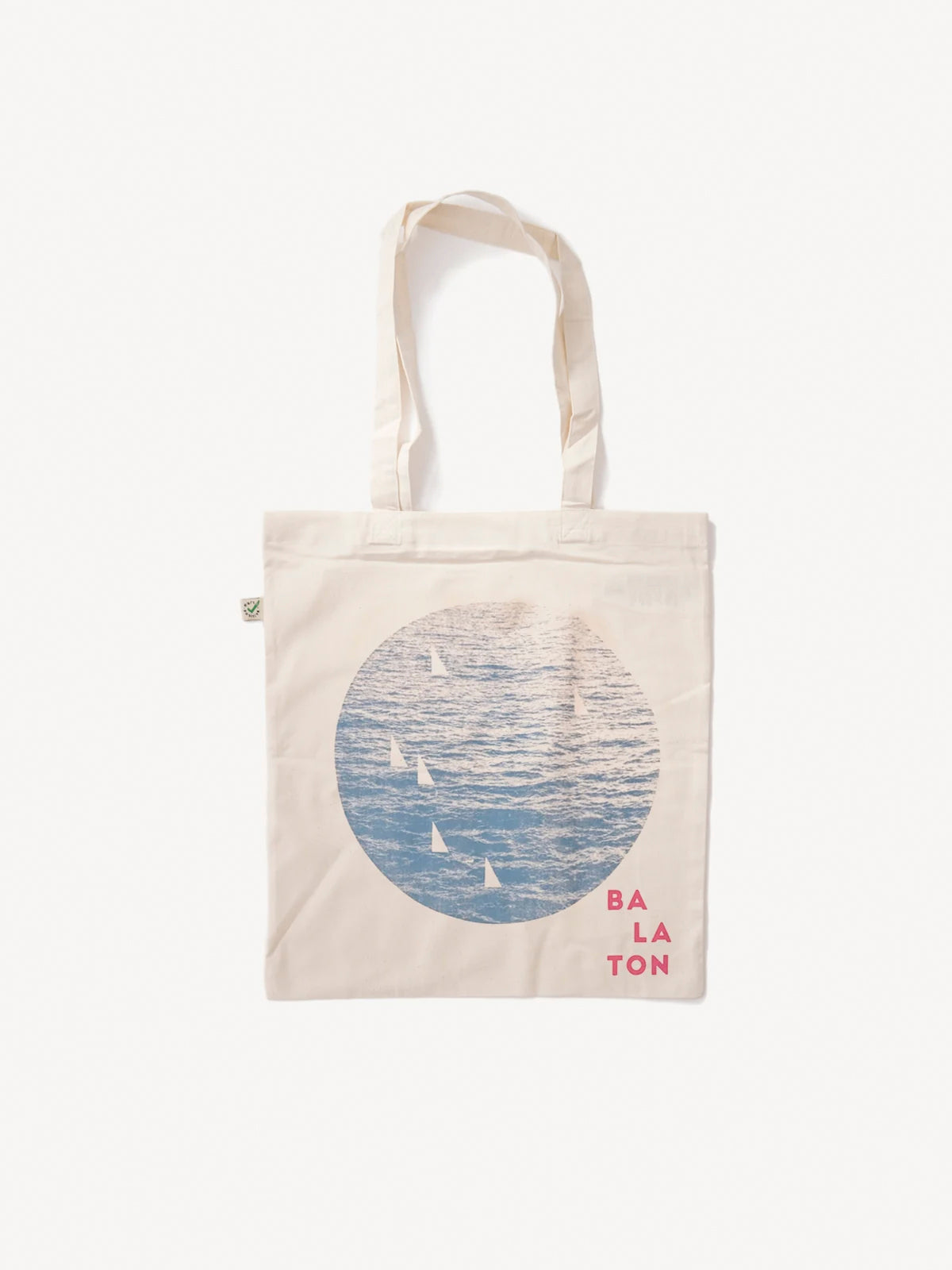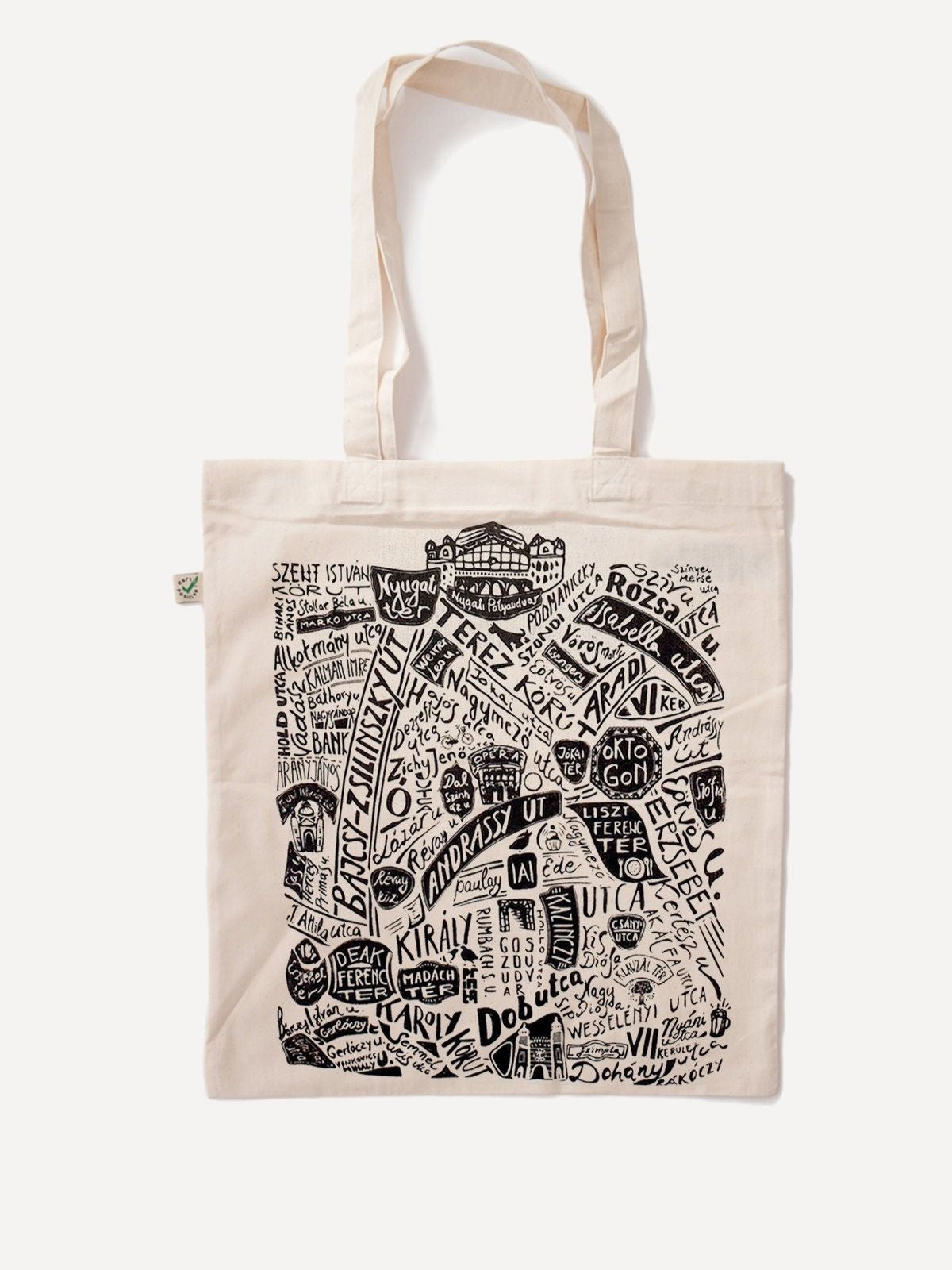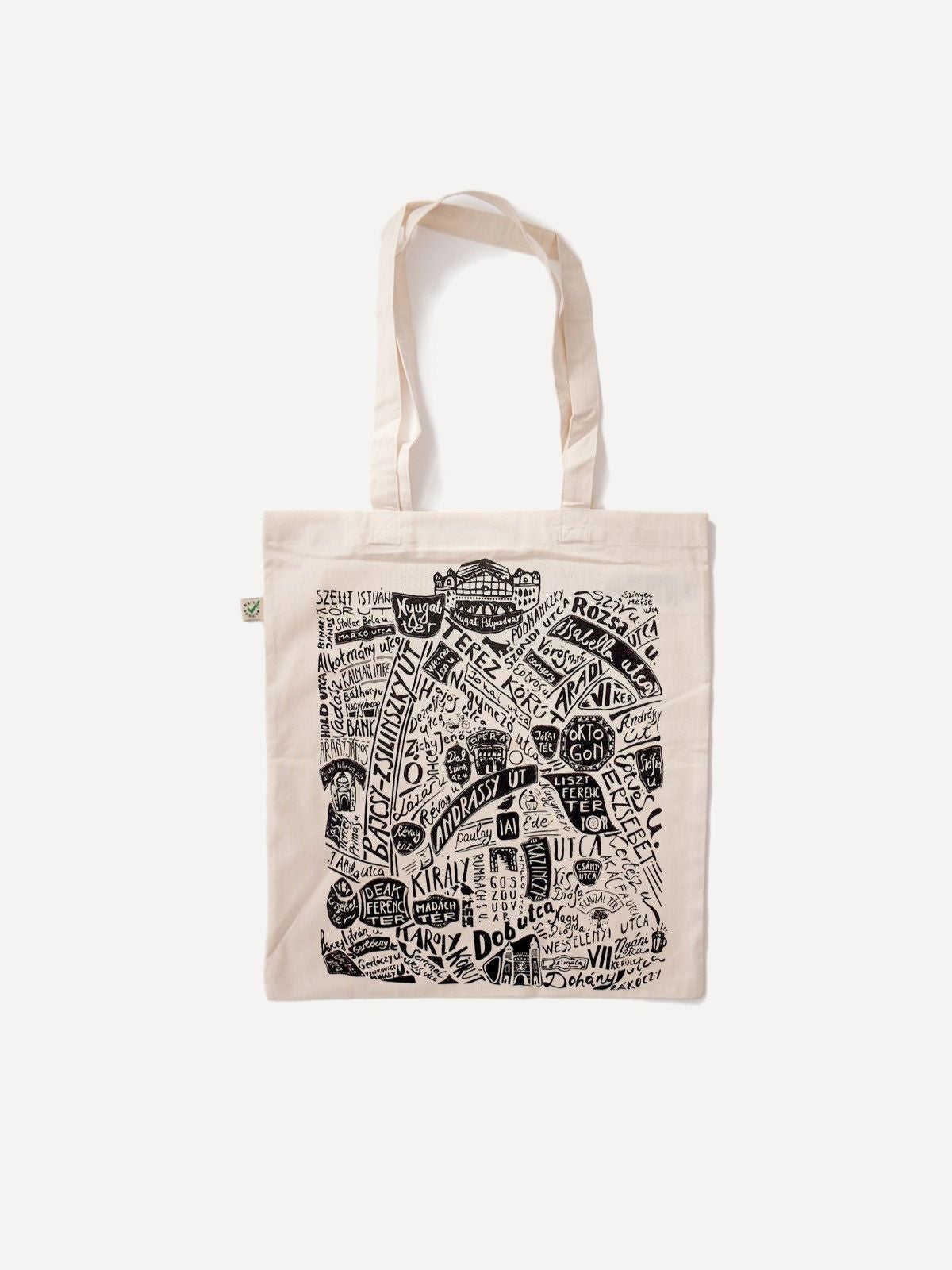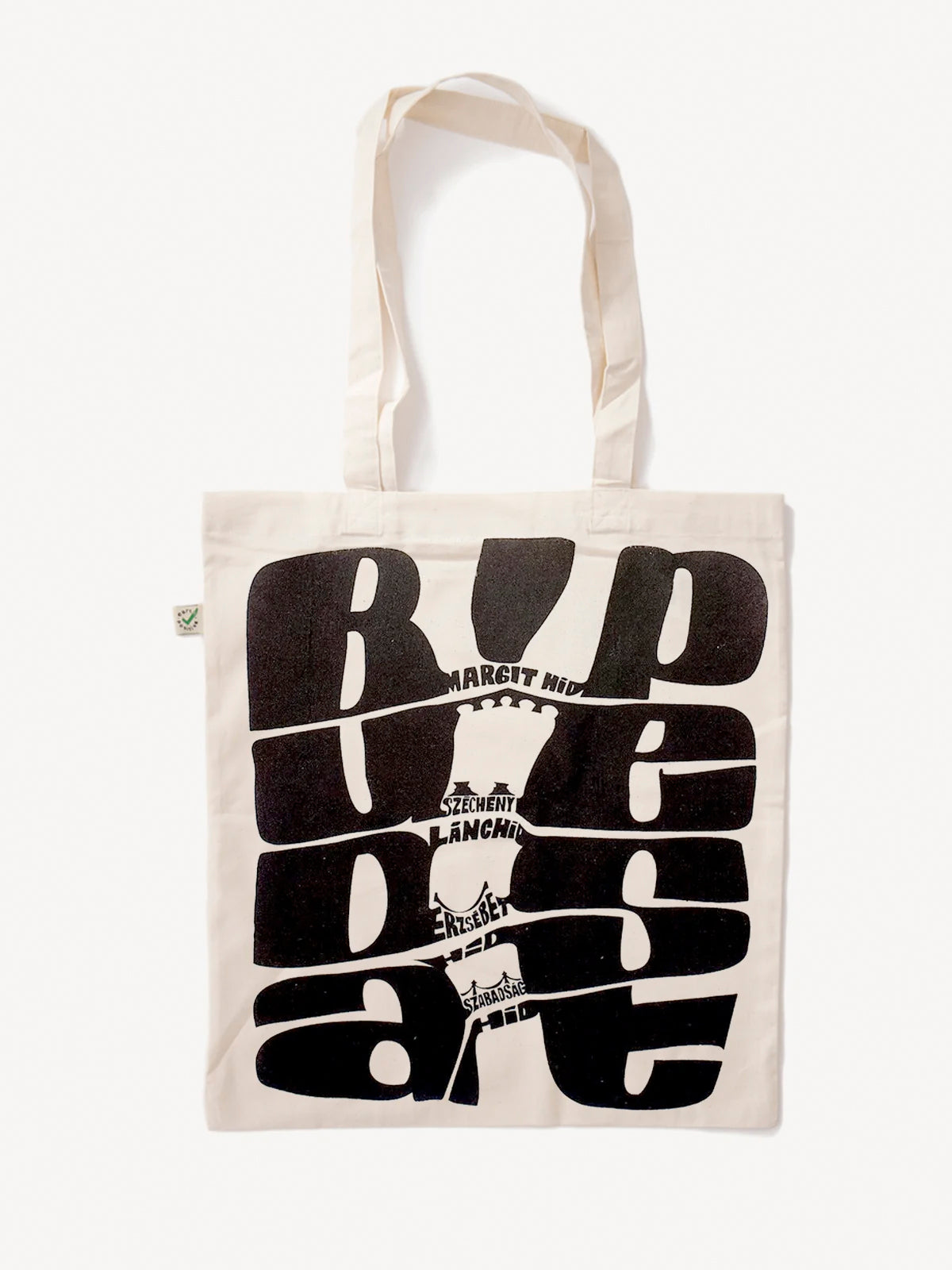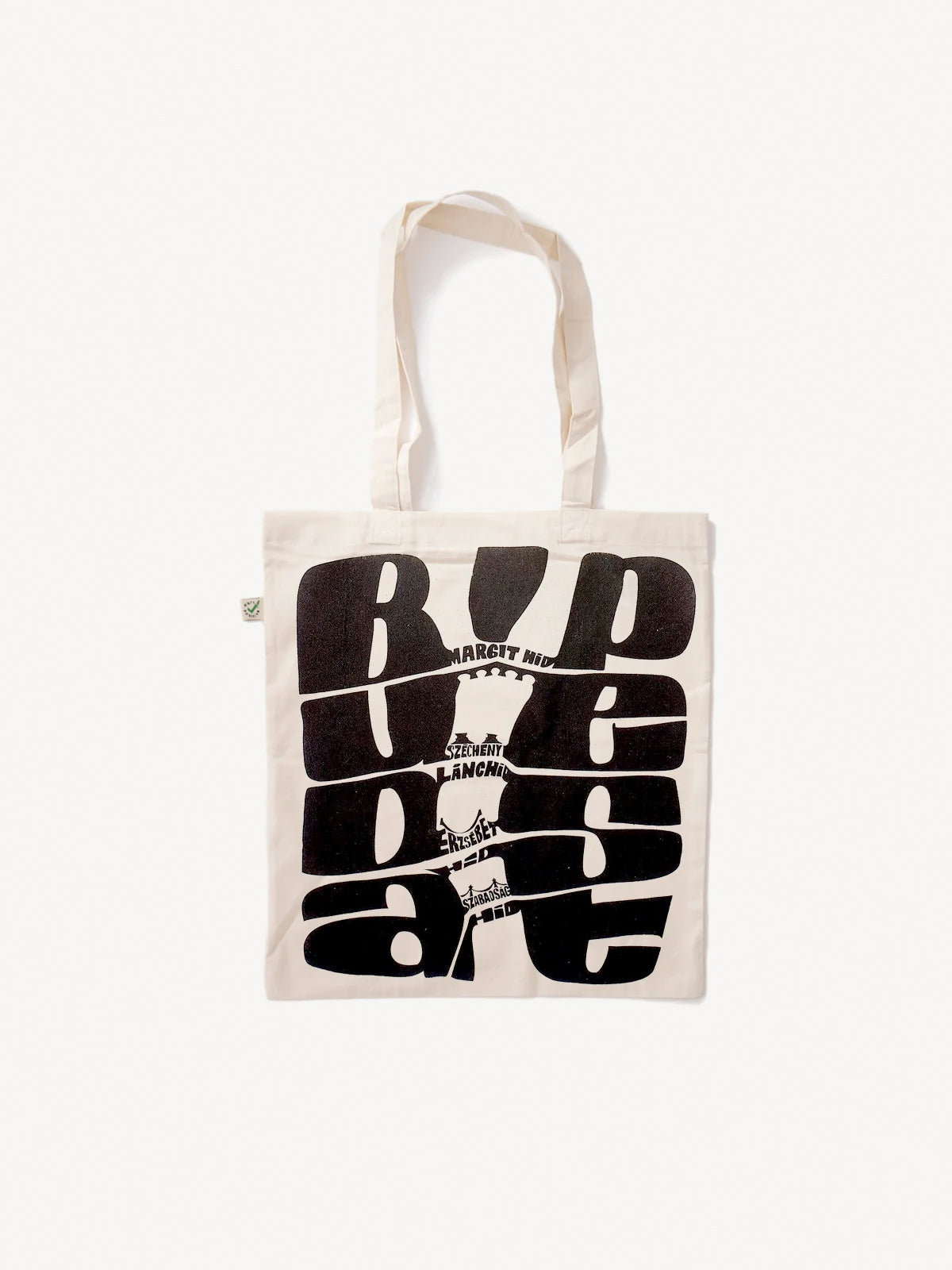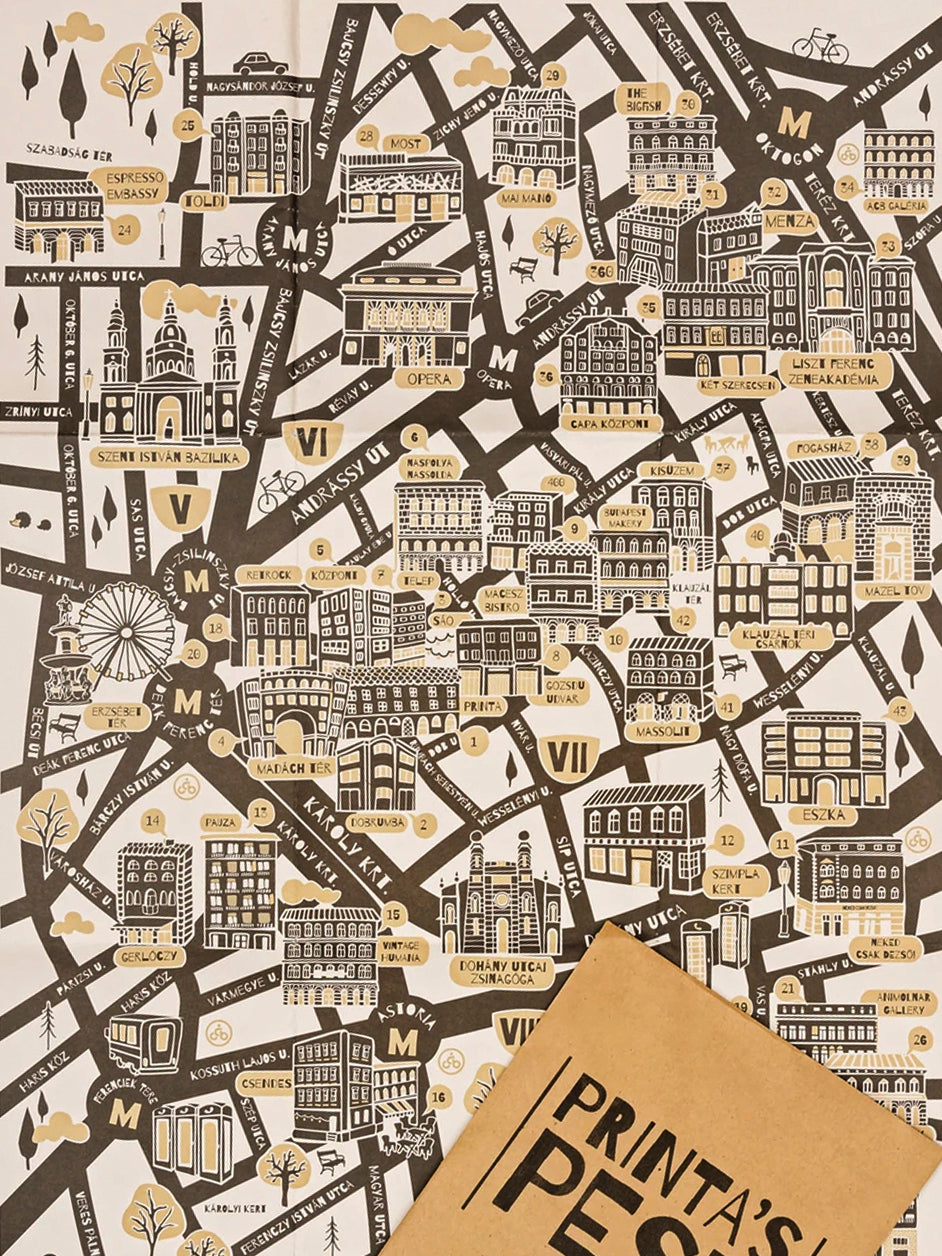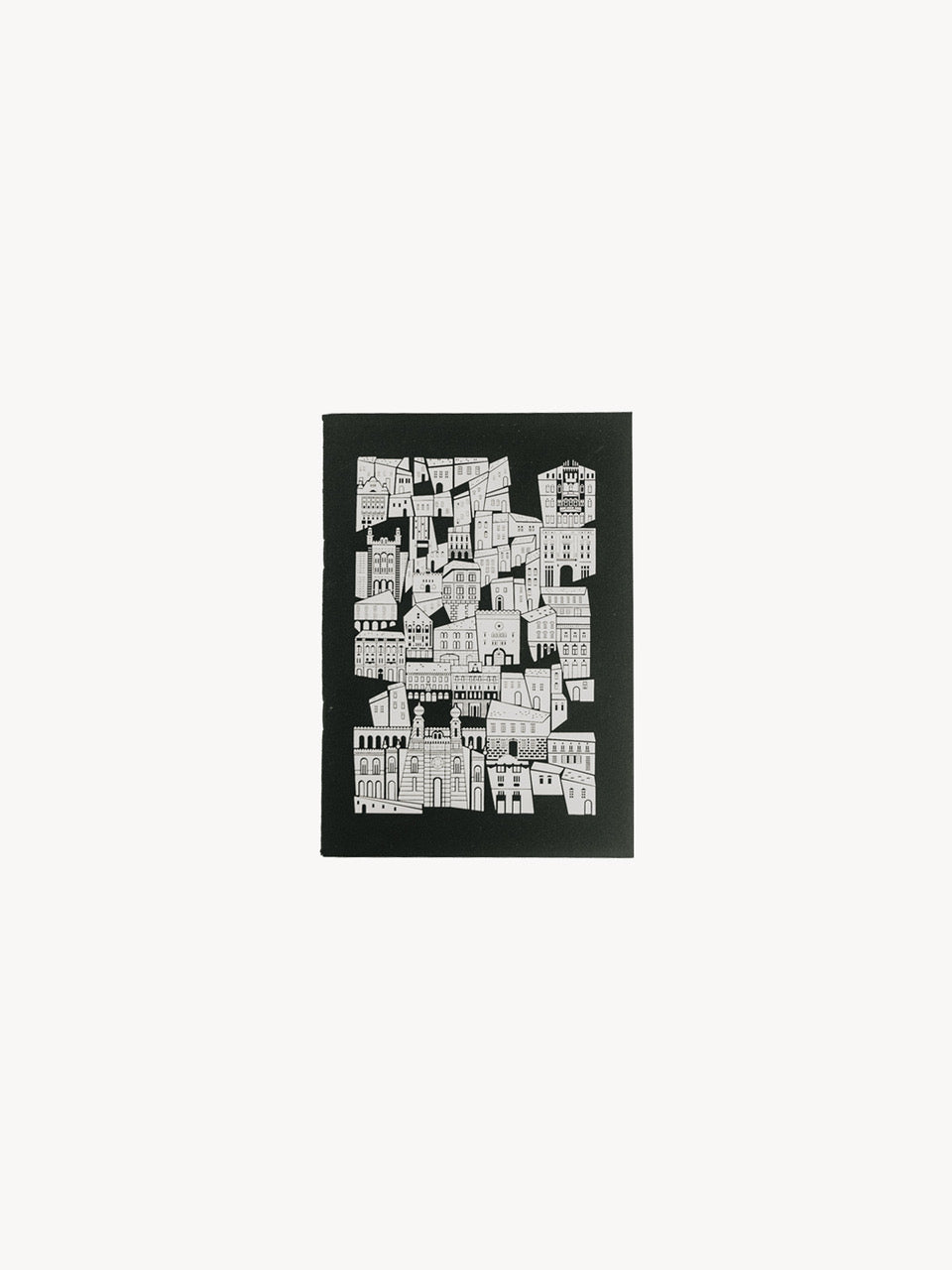After the Jani for Printa pieces, we can now welcome another collection at Printa, the designer of which is Renáta Horváth, owner of the Sorgina brand and member of the Printa team. What pieces does Sorgina for Printa consist of? Five crossbody bags, three backpacks and two belt bags, all of which were made by hand with meticulous and careful work - of course with the most sustainable solutions possible.
Renáta Horváth graduated from Budapest Metropolitan University with a degree in Fashion and Textile Design, and after that she started working in theaters and films. The idea of his own brand grew during the epidemic. After the theaters closed, he needed a new challenge, so he started working with leather at home, self-taught. This escalated to the point where he was hired by a leather bag manufacturing company, where he intensively learned the trade, and then started to implement his own leather bag and accessory brand. He made everything from the logo to the website by himself at home. Sorgina became the beginning of a long-term plan, which is how it arrived at Printa.
If you're curious about Reni's role at Printa, how the pieces were made and what makes them sustainable, read on for the full interview!

What role do you play at Printa, what tasks do you perform?
I am a production assistant, one of the team members said that I am Printa's Swiss army knife. My main task is to prepare the raw materials for production and screening. In addition, I have to keep up as a leather decorator, seamstress, tailor, buyer, logistics manager and now as a designer. No two days are the same, almost every day I have a different task, which makes my everyday exciting.

Not only do you support the Printa team, but you also launched your own brand in 2021 under the name Sorgina. A common denominator is that environmental awareness is a top priority at both Printa and Sorgina. Could you tell us a little about the steps you take to achieve sustainability at your brand?
For me, the choice of raw materials was the first step towards environmental awareness. I confess that there are few materials more durable than leather, so I see the future in the maximum use of quality and raw materials.
Leather is difficult to fully process, so zero waste tailoring is almost impossible, but this can be eliminated by using the fallen pieces. My solution was to make amorphous jewelry from tailoring waste. Each piece of jewelry is given the shape of the given piece of leather, so I can use these remaining leathers almost completely.

Of course, sustainability was also of prime importance for the Sorgina for Printa pieces. What do you need to know about this?
Zita had a lot of quality leather jackets waiting to be recycled. He wanted these to be the material for the bags, so this was the task: professionally, it was a huge challenge to transform these old jackets into bags.

The collection consists of three models: a backpack, a belt bag and a crossbody bag. How was the design process, what inspired the pieces? Do you have a personal favorite?
For me, design always starts with function, this is the most important thing I learned as a designer. All three pieces have an important and unique function that fulfills a task.
The first piece is the backpack, that's where it all started. The primary goal was to accommodate a large laptop. If a designer receives such an aspect, it is immediately followed by the additional functions to be implemented: if it can fit a laptop, it must be packable, comfortable, have rigid walls, etc., and of course have a unique design.
Next was the small bag, which is the smaller brother of the backpack. The idea of recycled leather came into play with this piece. The function of this bag is also packability, but in an elegant design.
The third piece - my personal favorite - is the popcorn bag. This is also my favorite because this piece even had some challenges in the function. My goal was to create a small bag that could expand during packing, all with the help of a simple fold. The design process was the most exciting here, because I returned to the classic design method: one paper, one cellux, and I fold until something comes out. After I figured out the fold and made the prototype out of textile, I realized that it actually became the popcorn bag. At this point, I could have let this idea go, but with Zita's encouragement, we kept it and named it a popcorn bag.

What was your favorite moment in the whole process?
Of course, planning, formal designs and coming up with different manufacturing solutions. Many people think that planning only consists of drawing what you want to achieve - which is true - but in fact the really exciting part comes only afterwards.
The entire Sorgina for Printa collection can be viewed by clicking here or in the Printa store on Rumbach Sebestyén Street.
